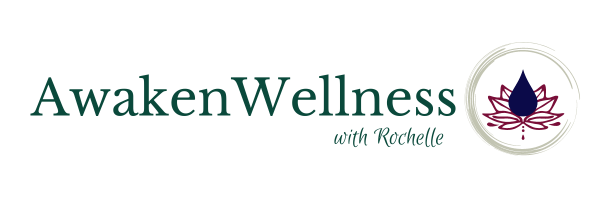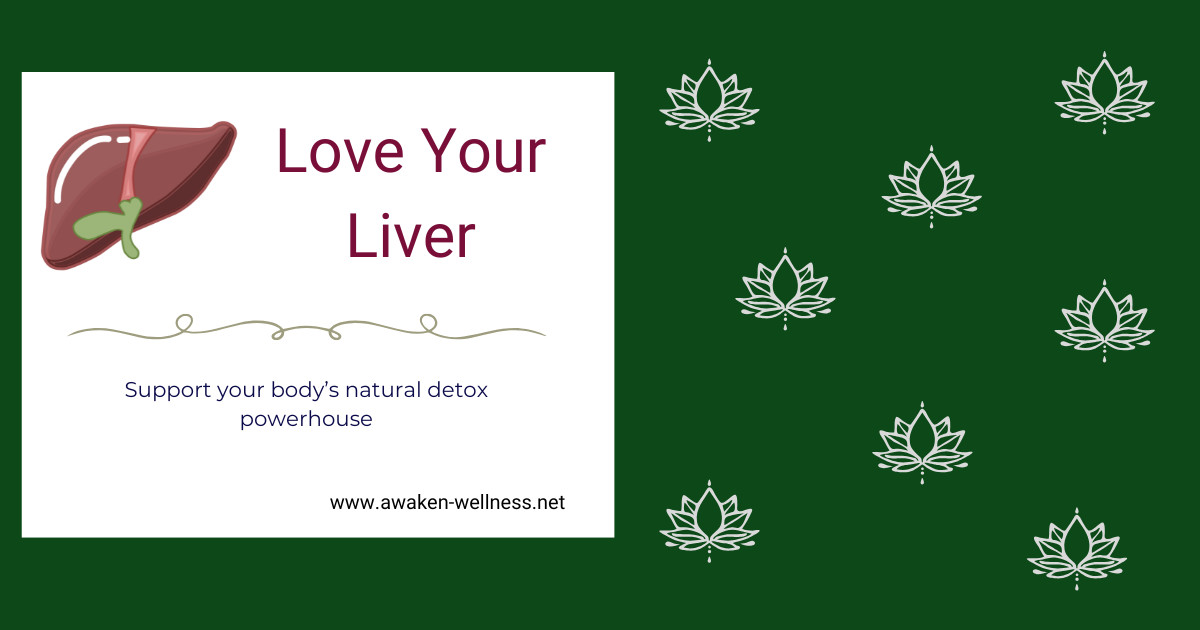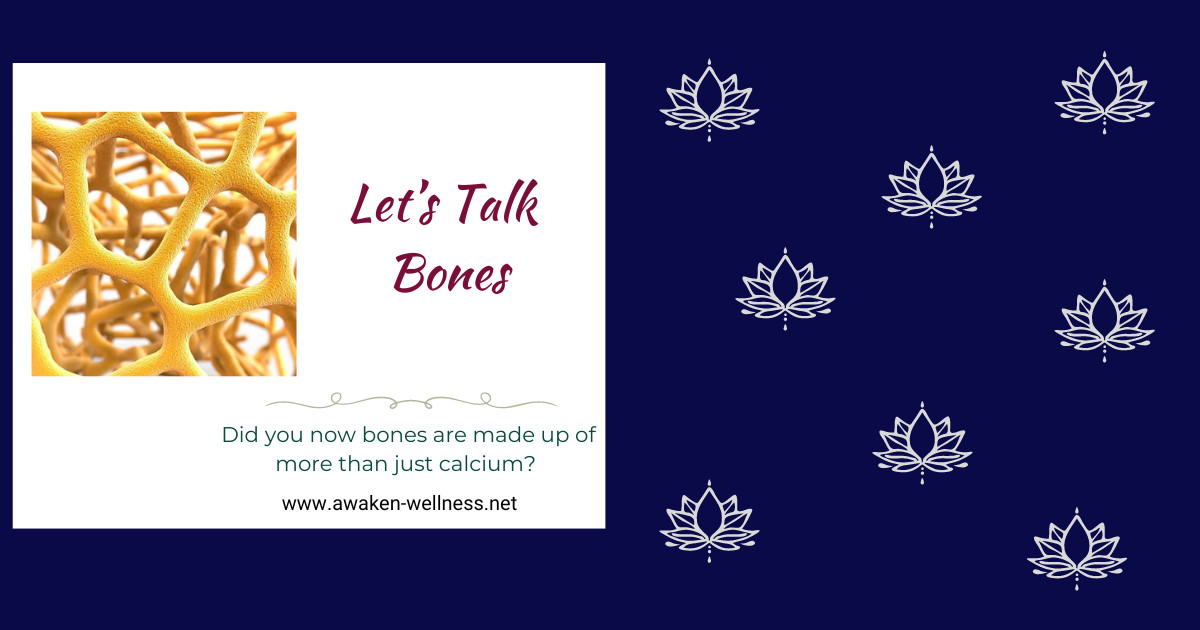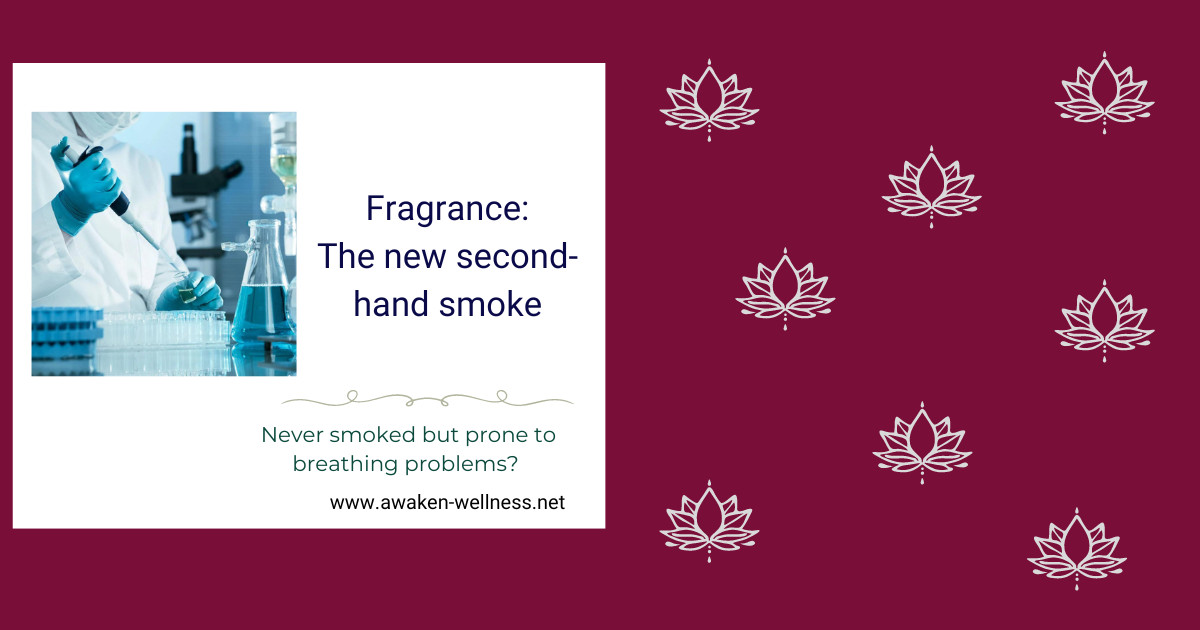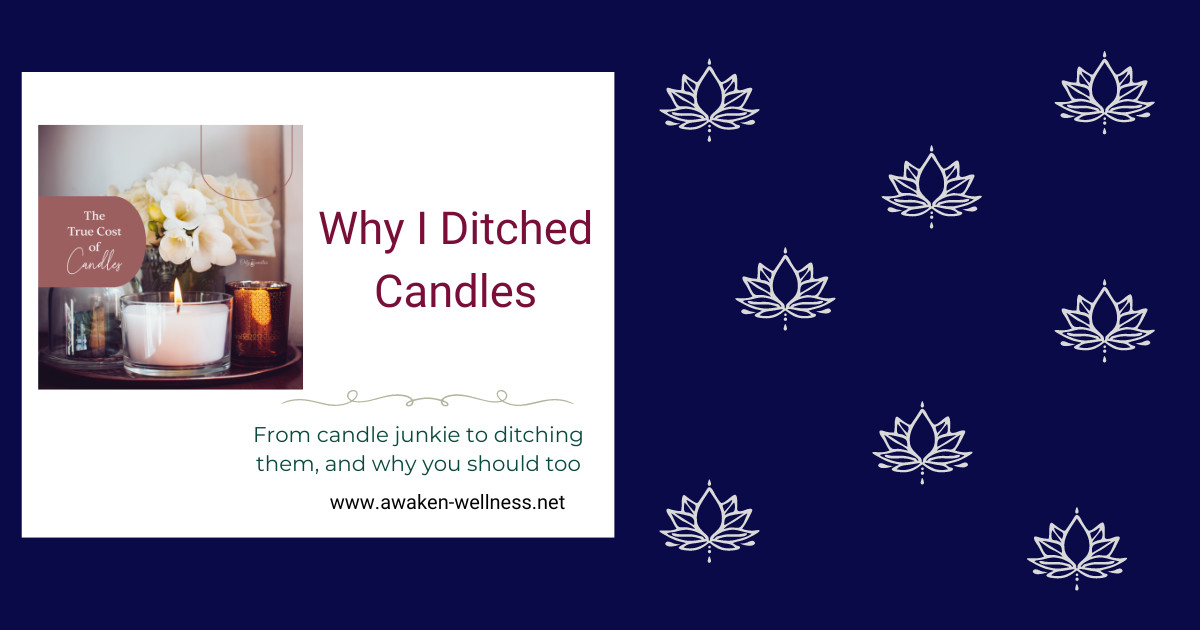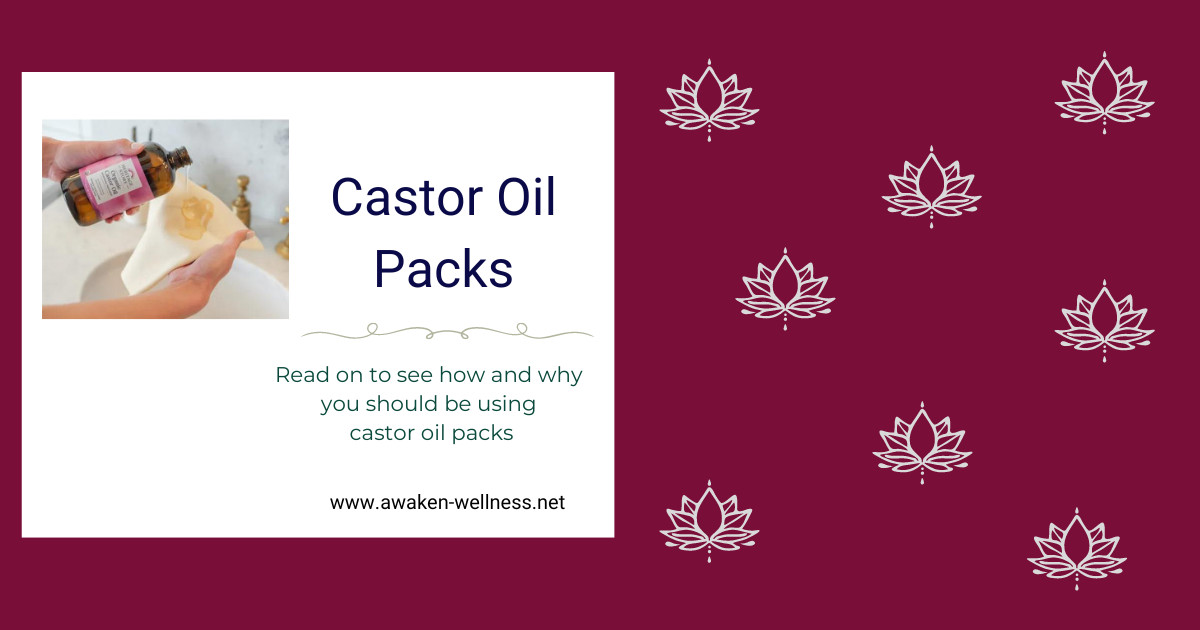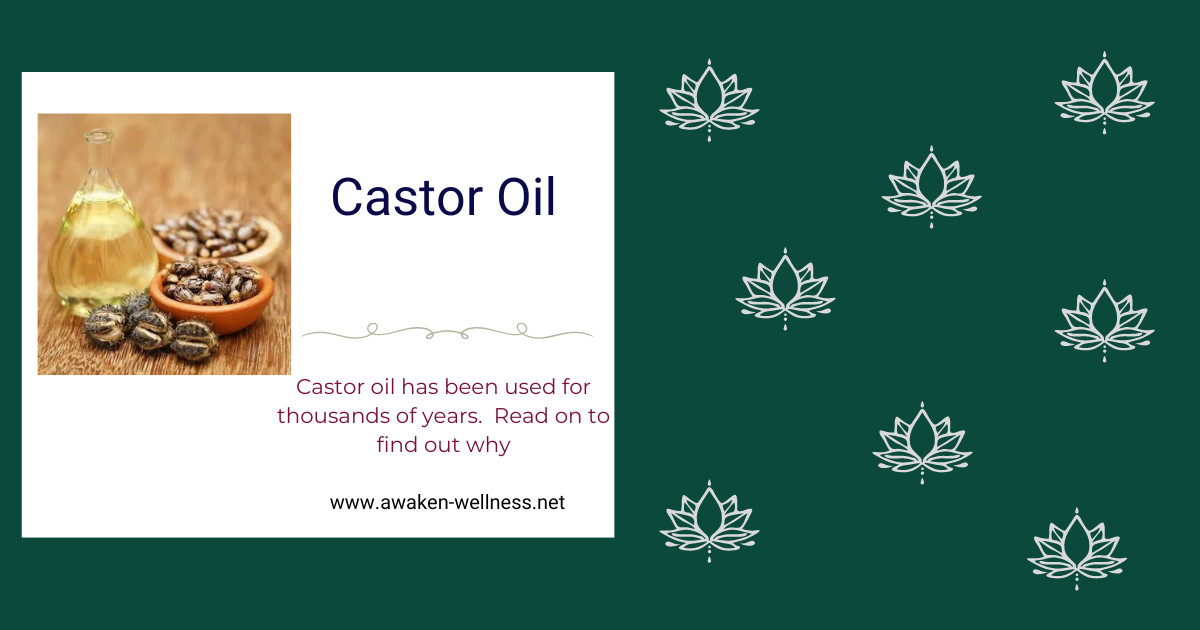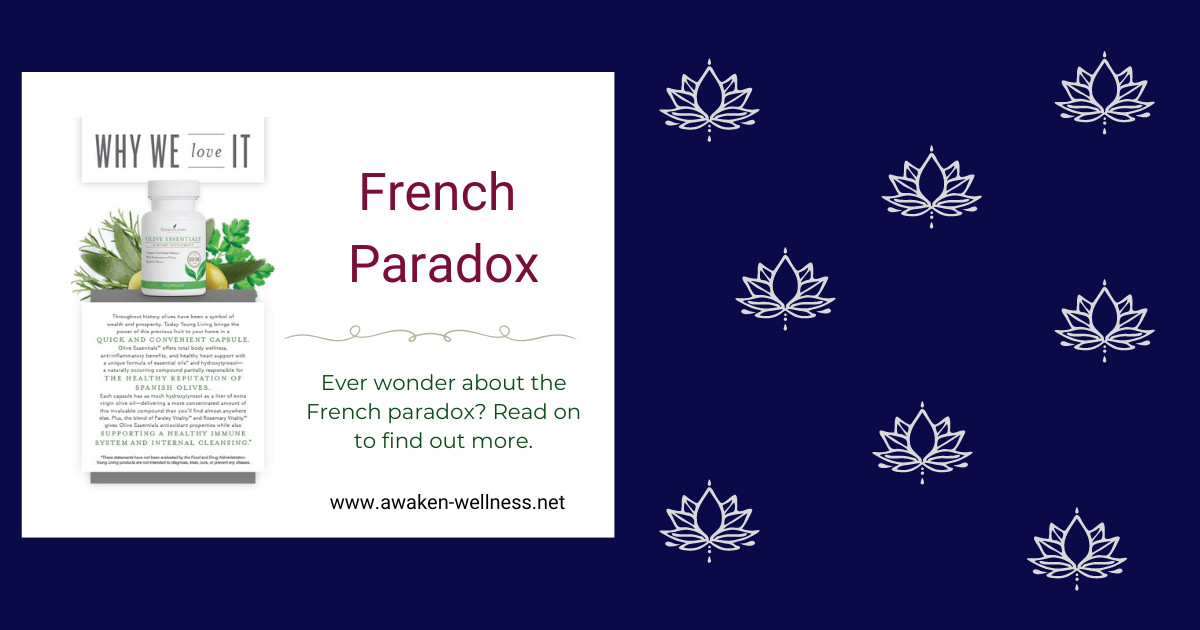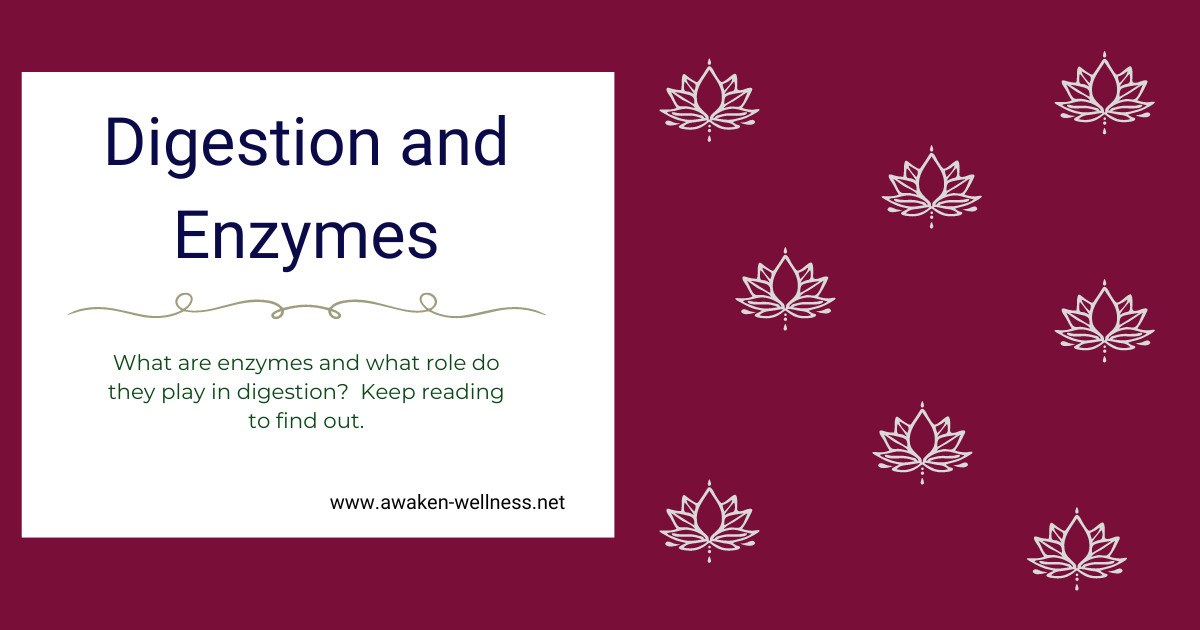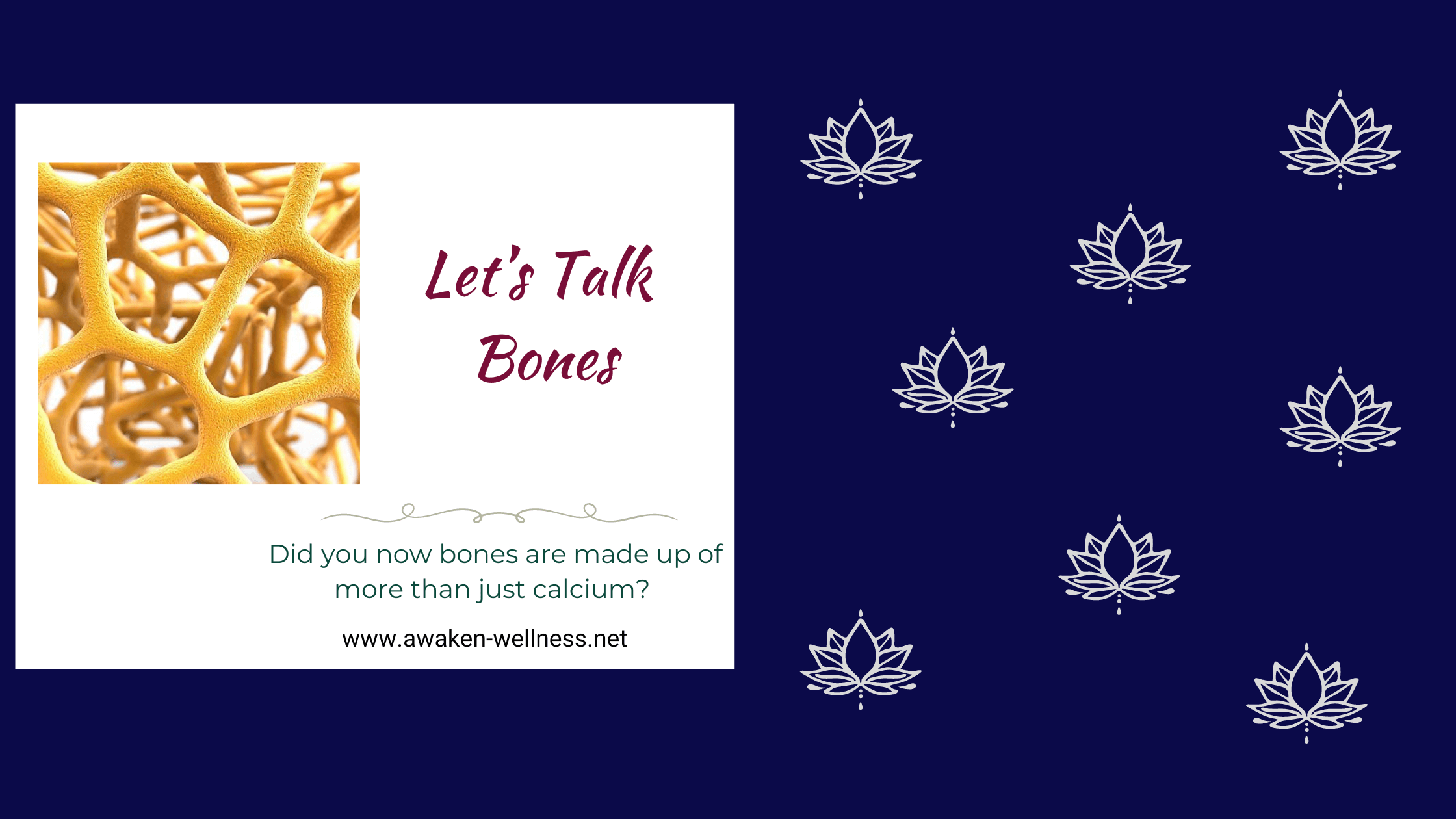
The Essential Purposes of Bones 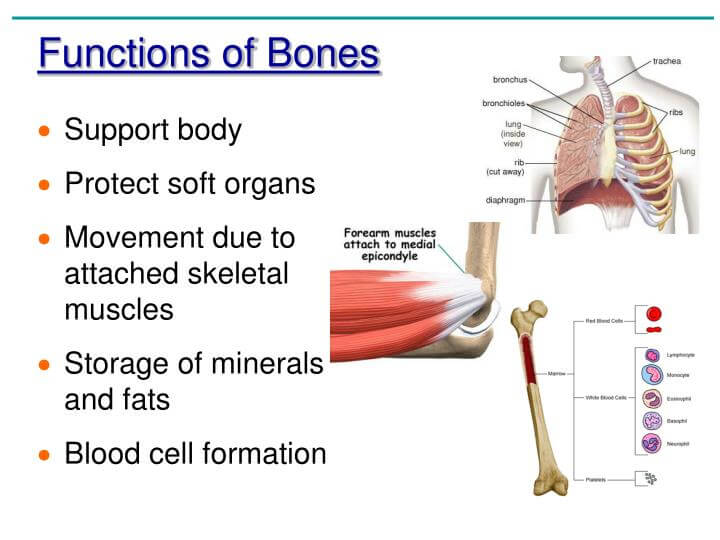
Bones are not just rigid structures in the body; they play several essential roles in maintaining overall health and functionality. Here are the key purposes of bones:
- Structural Support: Bones form the foundation of the body, providing support to muscles, tissues, and organs. They give us our shape and allow us to stand upright, maintain posture, and move.
- Protection of Vital Organs: Bones act as shields for many internal organs. The skull protects the brain, the ribcage guards the heart and lungs, and the vertebrae safeguard the spinal cord, reducing the risk of injury.
- Movement: By acting as levers and working with joints, bones enable movement. Muscles attach to bones, and when muscles contract, they pull on bones, allowing us to perform a wide range of movements.
- Mineral Storage: Bones serve as a reservoir for critical minerals like calcium and phosphorus. These minerals can be released into the bloodstream when needed to maintain mineral balance and support various physiological processes.
- Blood Cell Production: The bone marrow, located inside certain bones, is responsible for producing red and white blood cells as well as platelets, a process known as hematopoiesis.
- Endocrine Regulation: Bones also function as part of the endocrine system. They release hormones like osteocalcin, which helps regulate blood sugar levels and fat deposition.
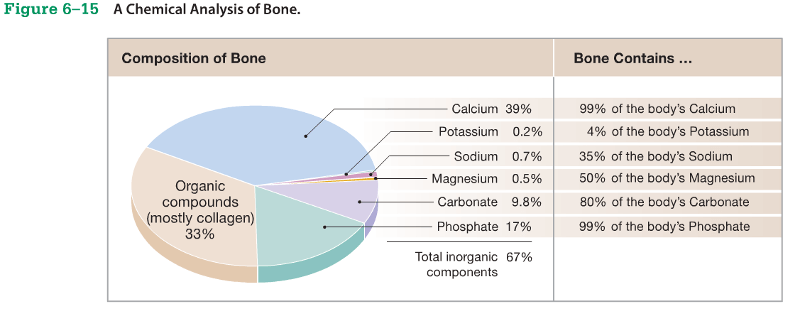
The Composition of Bones
Bones are much more than just calcium. They are made up of a complex mineral matrix that provides strength, flexibility, and functionality.
Key Components of Bones:
- Calcium: The most abundant mineral in bones, primarily found in the form of calcium phosphate (hydroxyapatite), which gives bones their hardness.
- Phosphorus: Works with calcium to form hydroxyapatite, which is vital to bone structure.
- Magnesium: Helps regulate calcium balance and plays an essential role in bone formation.
- Sodium: Important for bone remodeling and mineralization.
- Potassium: Helps prevent calcium loss from bones.
- Zinc: Necessary for bone growth and mineralization.
- Iron: Involved in the synthesis of collagen, which is part of the bone matrix.
These minerals, combined with collagen fibers, form a structure that is both strong and flexible, allowing bones to support the body and withstand stress.
.
How to Ensure Healthy Bones
To keep bones strong, heal them when needed, and prevent degeneration, it’s crucial to consume foods rich in specific nutrients and minerals. Below are some essential nutrients for bone health and sources where you can find them:
- Calcium: Found in cheese, yogurt, raw milk, leafy greens, and sardines.
- Phosphorus: Available in meat, fish, poultry, dairy (raw preferred), nuts, and seeds.
- Magnesium: Can be sourced from pumpkin seeds, spinach, almonds, black beans, avocados, bananas, and whole grains.
- Vitamin D: Synthesized from sunlight exposure, and found in fatty fish like sardines and mackerel, as well as supplements like Super Vitamin D.
- Vitamin K2: Found in leafy greens, fermented foods, and eggs.
- Zinc: Present in meat, shellfish, pumpkin seeds, lentils, and whole grains.
- Boron: Available in avocados, prunes, raisins, almonds, and hazelnuts.
- Omega-3 Fatty Acids: Found in fatty fish like sardines and salmon, as well as chia seeds, flaxseeds, and walnuts.
- Collagen: Found in bone broth, gelatin-rich foods, collagen supplements, and colostrum supplements.
Avoiding Bone-Damaging Substances
While consuming the right nutrients is important, it’s equally vital to avoid substances that can harm bones. Excessive sodium can lead to calcium loss, and high sugar intake can interfere with nutrient absorption. Keep these two substances in check to protect bone health.
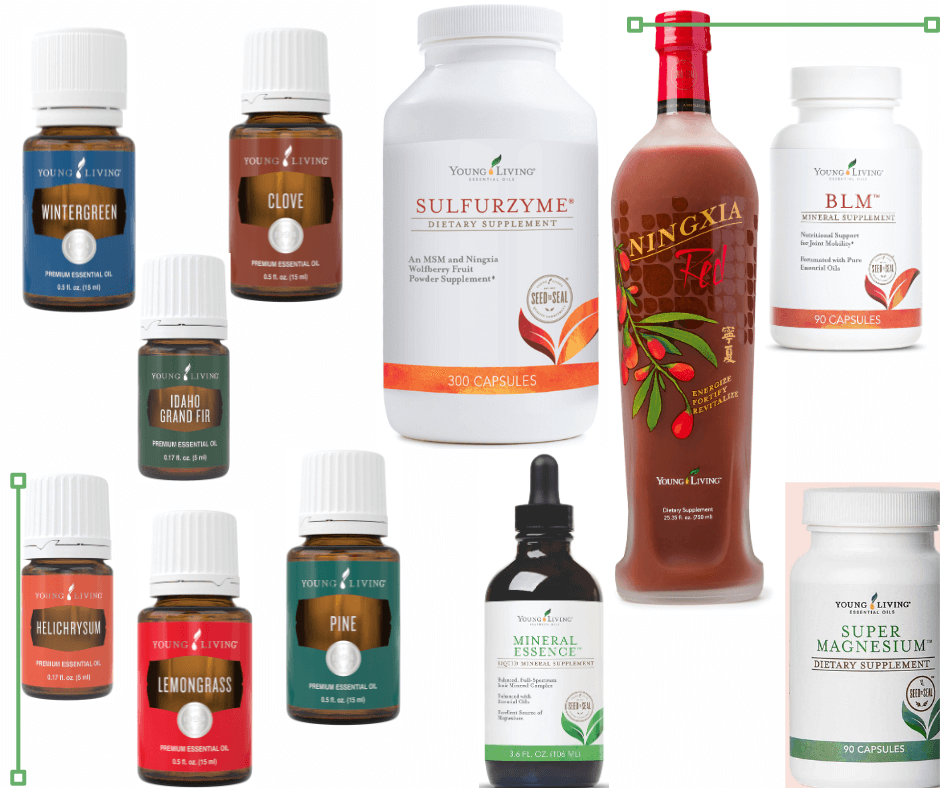 Supplementation for Bone Health
Supplementation for Bone Health
In addition to a nutrient-rich diet, supplementation may help fill in any nutritional gaps:
- Mineral Essence: A blend of ionic minerals for overall mineral balance.
- BLM (Bones, Ligaments, Muscles): A supplement to support musculoskeletal health.
- Sulfurzyme: Helps in the recovery and repair of bones and joints.
- NingXia Red: Rich in antioxidants, it supports overall health and vitality.
- Super Magnesium: Essential for bone strength and calcium regulation.
Essential Oils That Support Bone Healing and Repair
Certain essential oils may also promote the healing and repair of bones:
- Wintergreen: Known for its soothing properties.
- Idaho Grand Fir: Supports bone and joint health.
- Clove: Rich in antioxidants that may help with bone repair.
- Helichrysum: Supports tissue healing.
- Pine: Promotes bone strength.
- Lemongrass: Known to help in tissue repair.
By following these dietary and lifestyle tips, you can maintain strong, healthy bones throughout your life. Supplementation, balanced nutrition, and mindful practices are the keys to long-term bone health and vitality.
Until next time,
Rochelle
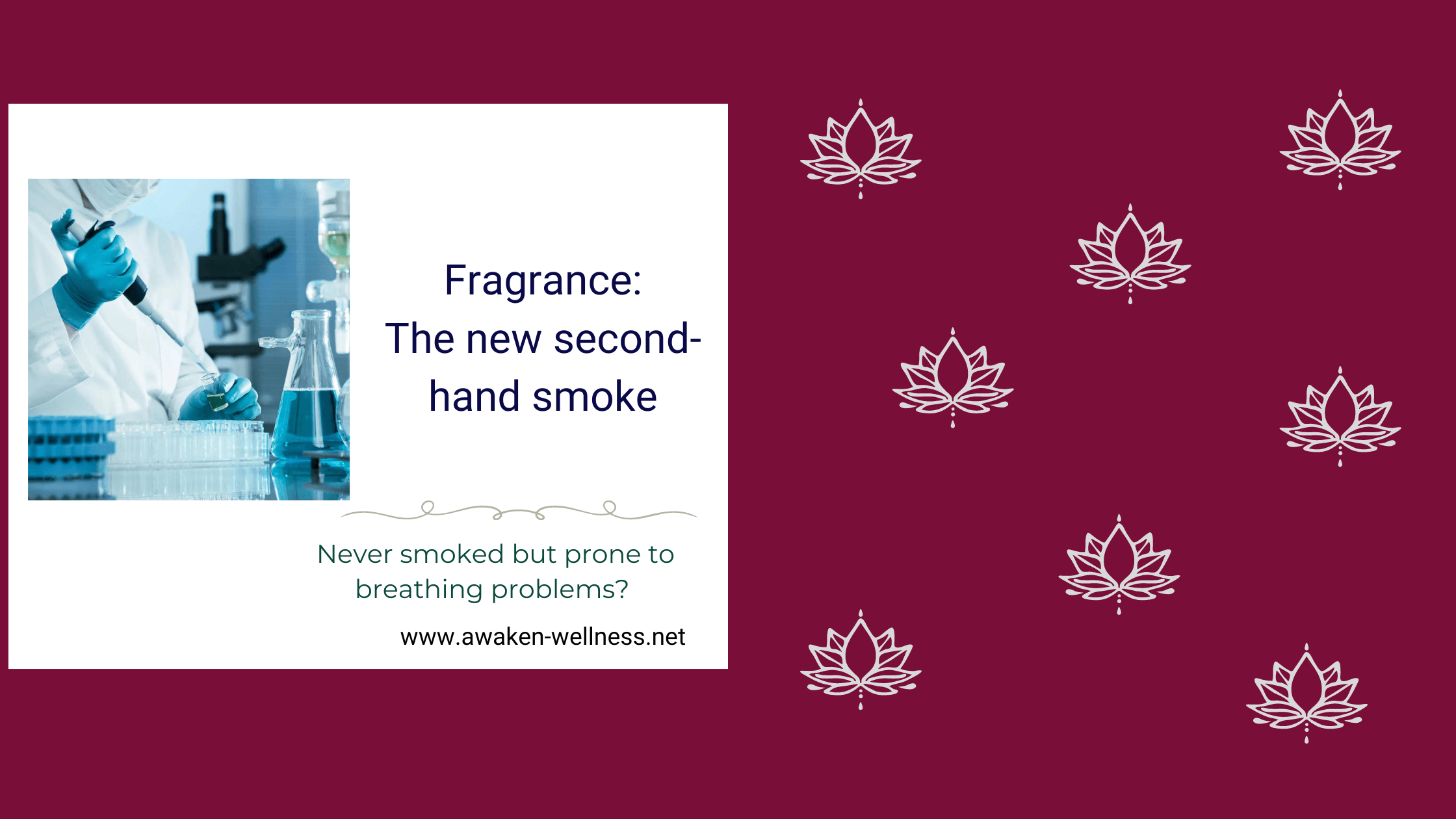
Fragrance: The New Secondhand Smoke
In recent years, awareness about the dangers of secondhand smoke has led to significant public health improvements. But now, a new and pervasive threat to our health is emerging—artificial fragrances. Much like secondhand smoke, these synthetic scents are everywhere and pose serious risks to our respiratory health. Let’s explore how artificial fragrances are becoming the new secondhand smoke and what you can do to protect yourself and your loved ones.
Understanding the Pervasiveness of Artificial Fragrances
Artificial fragrances are added to a vast array of products we use every day. Their ubiquity means we are constantly exposed to a cocktail of chemicals that can have detrimental effects on our health. Here are some of the most common sources:
- **Air Fresheners and Scented Candles**: These products release a continuous stream of chemicals into the air, which can linger for hours.
- **Personal Care Products**: Perfumes, deodorants, shampoos, and lotions often contain synthetic fragrances that stay on your skin and hair, affecting not just you but those around you.
- **Cleaning Products**: Many household cleaners are fragranced to mask the smell of other chemicals, contributing to indoor air pollution.
- **Laundry Products**: Scented detergents and fabric softeners leave residues on clothing that release chemicals into the air with every wear.
The Health Risks: Why Fragrance Is the New Secondhand Smoke
Like secondhand smoke, artificial fragrances can cause a range of health issues, especially for those with existing respiratory conditions. Here’s why they’re a growing concern:
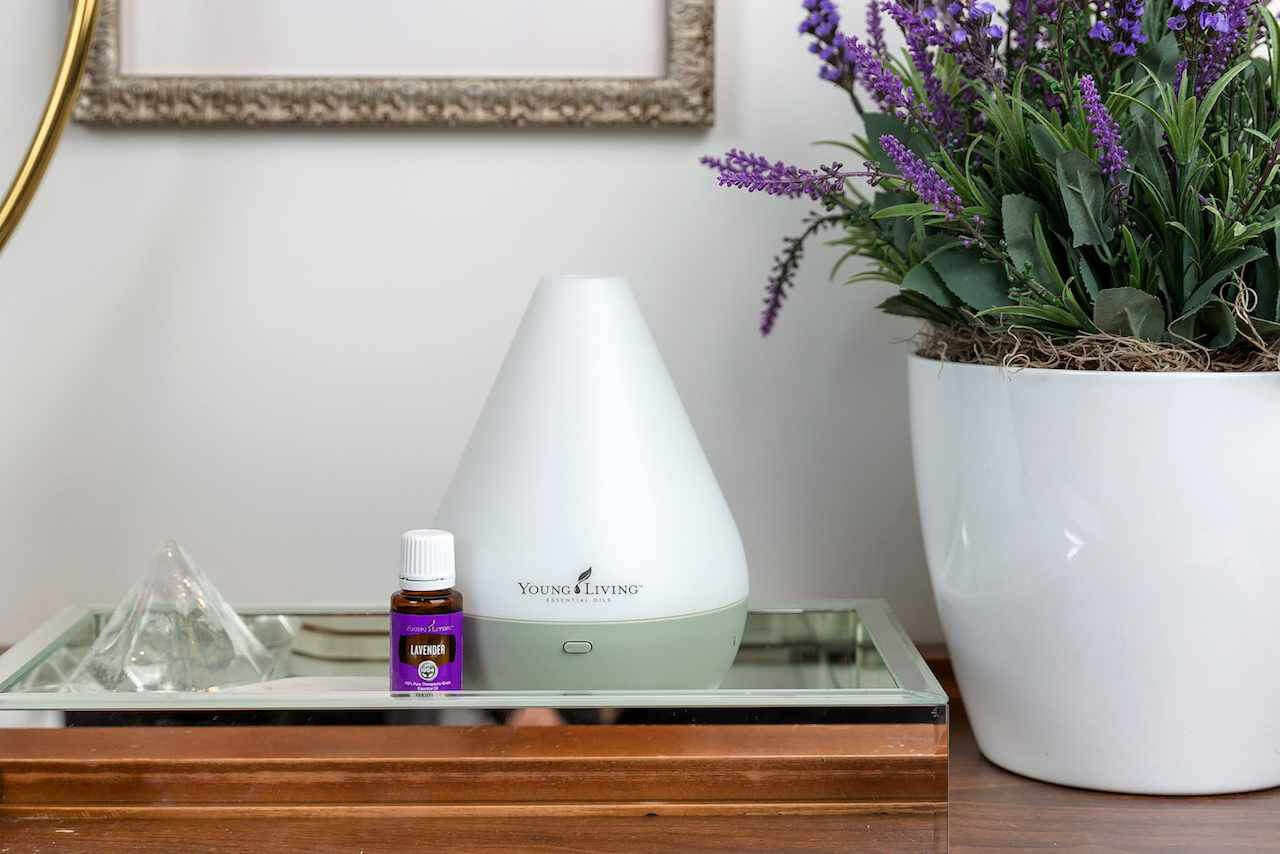 1. **Chemical Composition**
1. **Chemical Composition**Artificial fragrances are composed of numerous chemicals, many of which are volatile organic compounds (VOCs). These VOCs can cause short-term symptoms like headaches, dizziness, and respiratory irritation. Long-term exposure has been linked to more serious conditions, including:
- **Asthma and Allergies**: Synthetic fragrances can trigger asthma attacks and exacerbate allergy symptoms.
- **Respiratory Infections**: Constant exposure can weaken the respiratory system, making it more susceptible to infections.
- **Hormone Disruption**: Some fragrance chemicals are endocrine disruptors, which can interfere with hormonal balance and potentially lead to chronic health issues.
2. **Indoor Air Quality**
Just like secondhand smoke, artificial fragrances contribute to indoor air pollution. Since we spend a significant amount of time indoors, the air quality in our homes, workplaces, and public spaces is crucial. Poor indoor air quality can lead to chronic respiratory issues and reduce overall well-being.
3. **Widespread Exposure**
Secondhand smoke is often confined to areas where smoking is allowed, but artificial fragrances are much harder to avoid. They are present in public restrooms, offices, schools, and even hospitals. This widespread exposure makes it nearly impossible to escape their effects, similar to how it was difficult to avoid secondhand smoke before smoking bans were implemented.
Taking Action: How to Protect Yourself
The good news is that, just as society has made strides in reducing secondhand smoke exposure, we can also take steps to minimize our exposure to artificial fragrances. Here’s how:
1. **Choose Fragrance-Free or Naturally Scented Products**

Opt for products labeled as fragrance-free or those that use natural essential oils. The Thieves line, for example, offers a variety of household and personal care products made with natural ingredients and essential oils, free from harmful synthetic fragrances.
2. **Improve Indoor Air Quality**
- **Ventilation**: Ensure your living spaces are well-ventilated. Open windows regularly to allow fresh air in and reduce the concentration of indoor pollutants.
- **Air Purifiers**: Consider using air purifiers with HEPA filters to remove VOCs and other pollutants from the air.
- **Houseplants**: Some houseplants can help purify the air by absorbing toxins and releasing oxygen.
-**Diffusers**: There are many essential oils with air purifying properties like Purification, Lemongrass and Citronella.
3. **Be Mindful of Public Spaces**
While you may have control over the products in your home, public spaces are more challenging. Be aware of the fragrance policies in places you frequent, and advocate for fragrance-free environments in your community and workplace.
Conclusion: Breathing Easier in a Fragrance-Free Future
Artificial fragrances are quickly becoming the new secondhand smoke, with widespread exposure and significant health risks. By making informed choices and advocating for fragrance-free environments, we can protect our respiratory health and create a safer, cleaner world for everyone. Let’s take a deep breath and embrace the fresh, natural scents that truly enhance our well-being.
Click here to grab the Thieves bundle, diffuser, and oils mentioned above.
.
Until next time,
Rochelle
